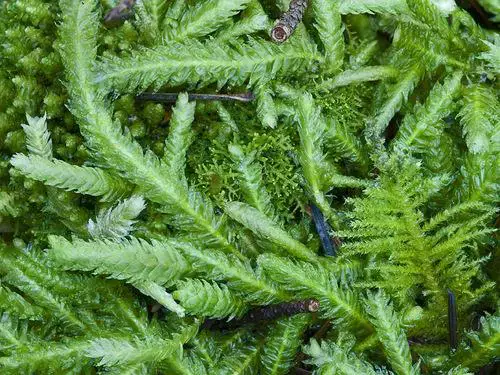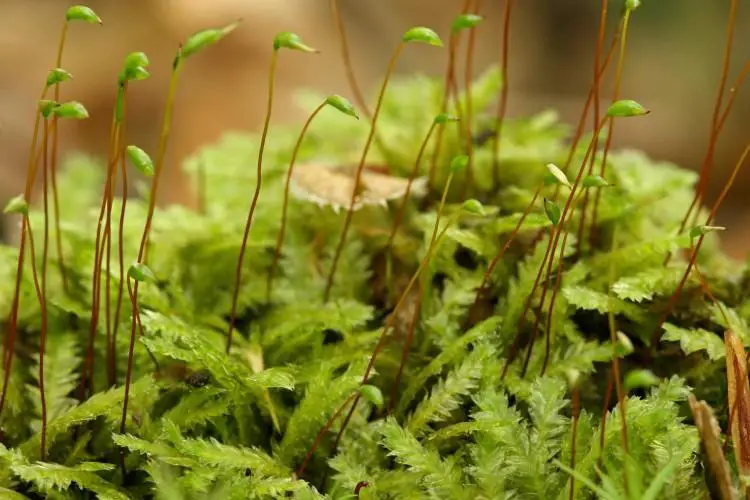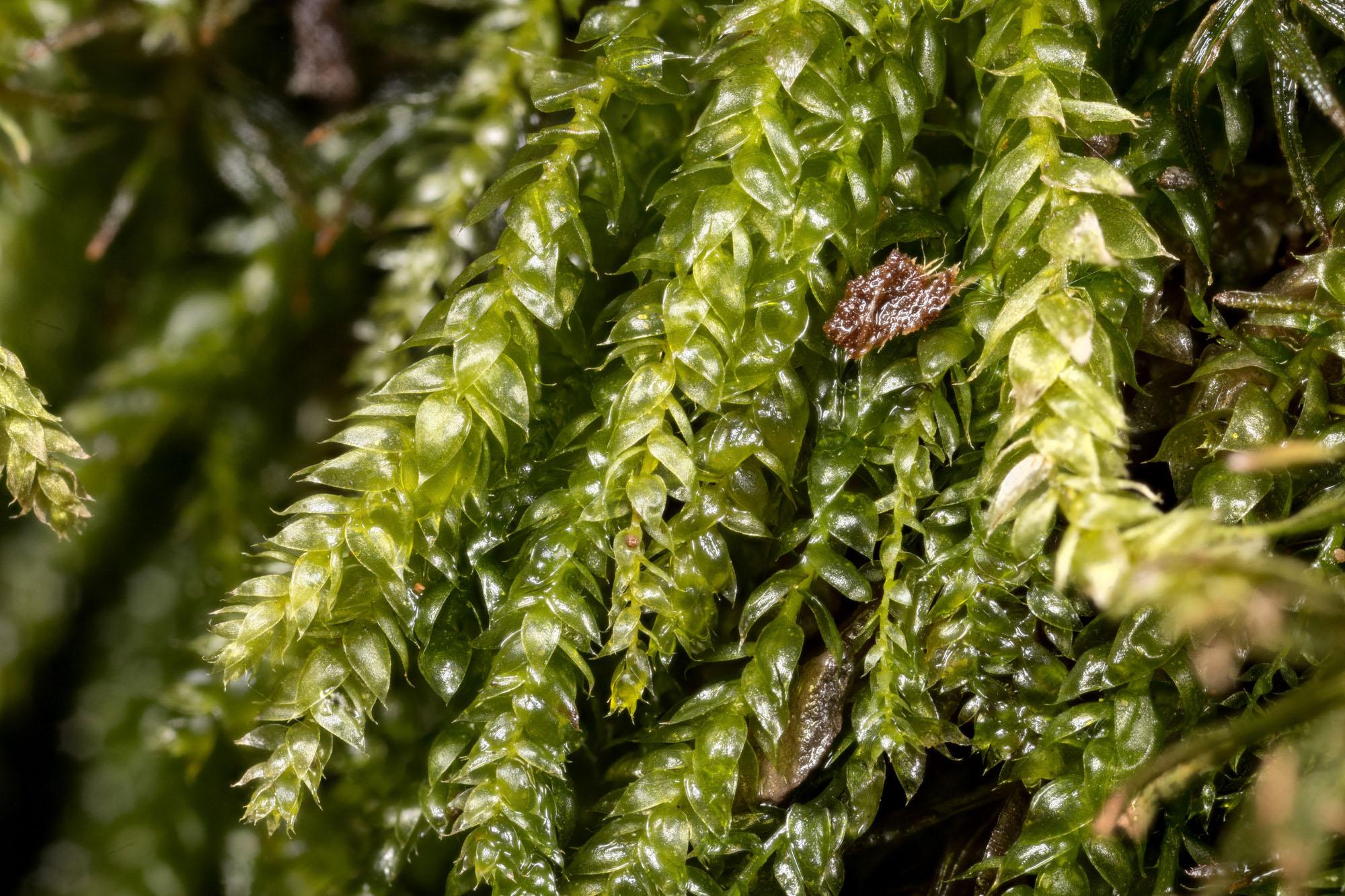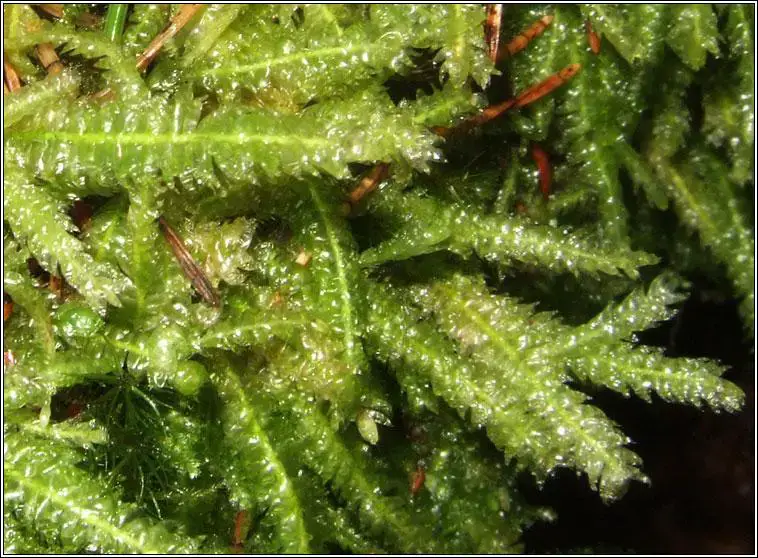
120px-Plagiothecium_ruthei_(a%2C_142735-474310)_9281.JPG from: https://commons.wikimedia.org/wiki/File:Plagiothecium_ruthei_(a,_142735-474310)_9281.JPG
Introduction
In the vast and captivating world of bryophytes, the Plagiothecium ruthei Limpr. moss stands out as a fascinating member of the Plagiotheciaceae family. Often referred to simply as Plagiothecium

medium.jpg from: https://www.inaturalist.org/taxa/123586-Plagiothecium-undulatum
, this unassuming yet remarkable moss has captured the interest of enthusiasts and researchers alike. Let’s delve into the intriguing realm of this bryophyte and uncover its secrets.
Background

Plagiothecium-denticulatum-9-750×500.jpg from: https://ohiomosslichen.org/moss-plagiothecium-denticulatum/
Before we explore the specifics of Plagiothecium ruthei Limpr., it’s essential to understand the broader context of bryophytes. These non-vascular plants, which include mosses, liverworts, and hornworts, are often overlooked but play a crucial role in various ecosystems. They are among the oldest land plants on Earth, with a rich evolutionary history dating back millions of years.
Main Content
Morphology and Identification
Plagiothecium ruthei Limpr. is a pleurocarpous moss, meaning its stems and branches grow horizontally along the substrate. Its slender, creeping stems are adorned with delicate, ovate-lanceolate leaves that are typically 1-2 mm long. These leaves are acuminate (tapering to a slender point) and have a distinctive costa (midrib) that extends partway up the leaf.
One of the key identifying features of Plagiothecium ruthei Limpr. is its alar cells, which are specialized cells located at the base of the leaf. These cells are quadrate to rectangular in shape and often have thickened walls, providing structural support to the plant.
Global Distribution and Habitat
Plagiothecium ruthei Limpr. is widely distributed across various regions of the world, including Europe, Asia, North America, and parts of South America. It thrives in a variety of habitats, such as moist forests, shaded rock outcrops, and even urban areas where suitable conditions exist.
This moss prefers cool, humid environments and is often found growing on decaying logs, tree bases, and moist soil. Its ability to colonize a range of substrates and tolerate moderate disturbances contributes to its widespread distribution.

Plagiothecium-cavifolium.jpg from: https://ohiomosslichen.org/moss-plagiothecium-cavifolium/
Ecological Roles and Adaptations
Despite its diminutive size, Plagiothecium ruthei Limpr. plays a vital role in its ecosystem. As a pioneer species, it helps stabilize and enrich soil by retaining moisture and providing a suitable environment for other plants to establish themselves.
One of the remarkable adaptations of this moss is its ability to undergo desiccation tolerance, allowing it to survive periods of drought by entering a dormant state. When conditions become favorable again, the moss can quickly rehydrate and resume its growth and metabolic activities.
Additionally, Plagiothecium ruthei Limpr. contributes to the biodiversity of its habitat by providing shelter and food sources for various invertebrates, such as springtails and mites.
Case Studies/Examples
In a study conducted in the Pacific Northwest region of North America, researchers found Plagiothecium ruthei Limpr. to be a valuable indicator species for assessing the health and disturbance levels of old-growth forests. Its presence or absence can provide insights into the ecological integrity of these ecosystems.
Another interesting example comes from urban areas, where Plagiothecium ruthei Limpr. has been observed growing on concrete surfaces and even in the crevices of old buildings. This resilience highlights the moss’s ability to adapt to human-modified environments.
Technical Table
| Characteristic | Description |
|---|---|
| Phylum | Bryophyta
 m-33a4.jpg from: https://irishwildflowers.ie/pages-moss/m-33.html |
| Class | Bryopsida |
| Order | Hypnales |
| Family | Plagiotheciaceae |
| Genus | Plagiothecium |
| Species | ruthei |
| Growth Form | Pleurocarpous |
| Leaf Shape | Ovate-lanceolate |
| Leaf Apex | Acuminate |
| Costa | Extending partway up the leaf |
| Alar Cells | Quadrate to rectangular, thickened walls |
Conclusion
The Plagiothecium ruthei Limpr. moss, a member of the Plagiotheciaceae family, may be small in stature, but its impact on the natural world is profound. From its unique morphological features to its ecological significance, this bryophyte deserves our appreciation and continued study. As we delve deeper into the world of mosses, we are reminded of the intricate tapestry of life that surrounds us, even in the most unassuming forms.
Ponder this: How many other fascinating bryophytes are waiting to be discovered and appreciated for their invaluable contributions to our planet’s ecosystems?